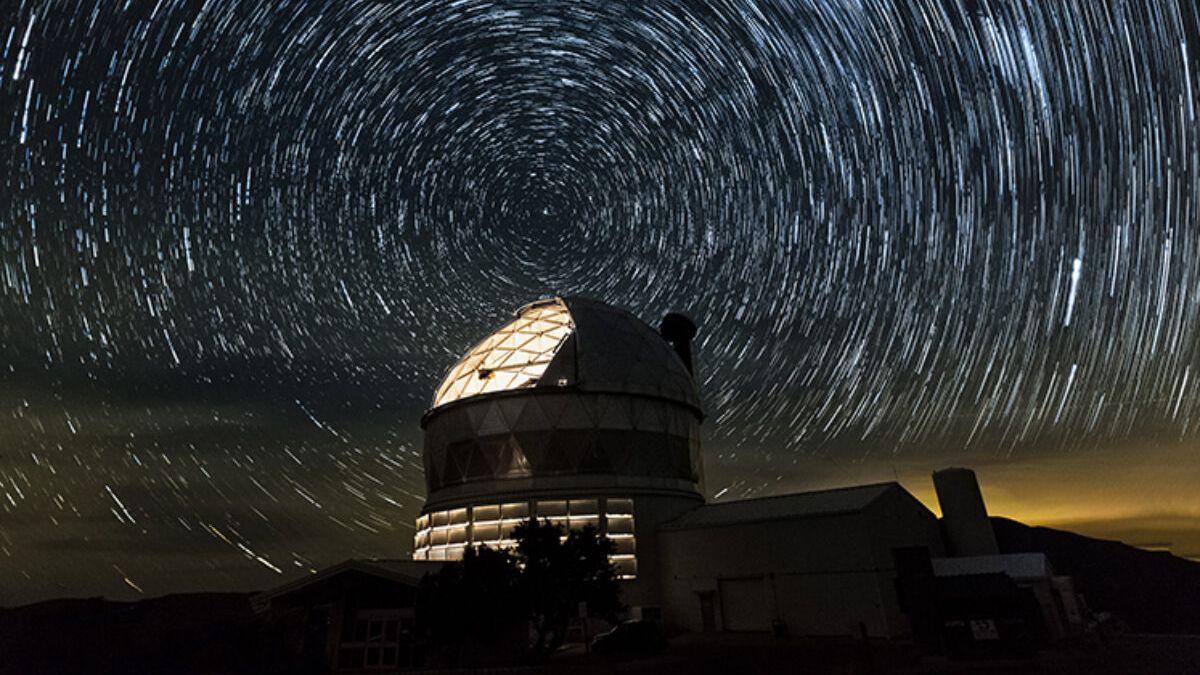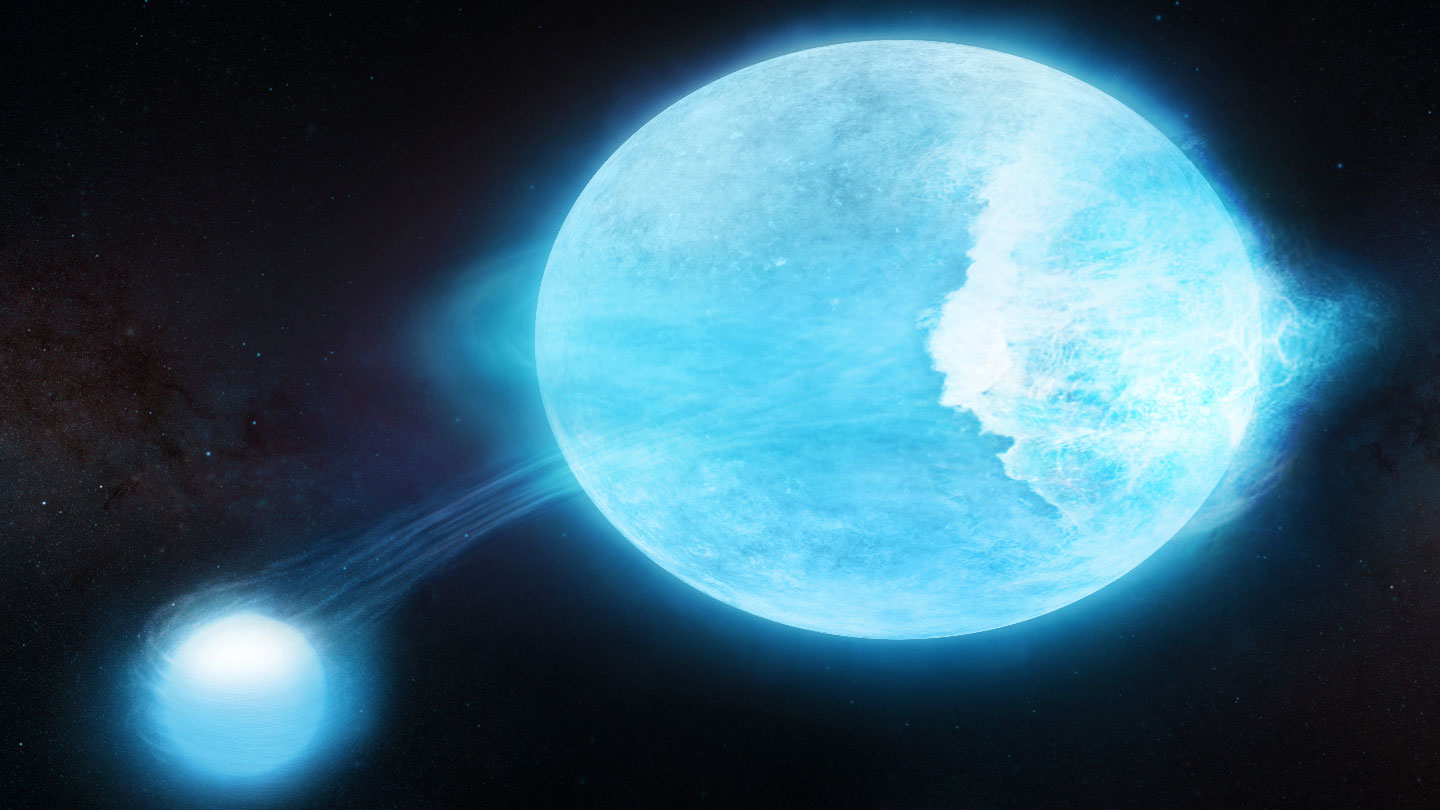An ambitious galaxy-mapping mission has identified around 250,000 galaxies in the quest to better understand dark energy, the mysterious force that is causing the universe to expand at an accelerating rate.
The results delivered by the Hobby-Eberly Telescope Dark Energy Experiment (HETDEX) based at The University of Texas at Austin’s McDonald Observatory would not have been possible without the aid of over 10,000 amateur astronomers to help in its quest.
The volunteers contribute online to a project called Dark Energy Explorers with little more than a smartphone or a computer swiping right to differentiate an actual galaxy from random noise.
This allows them to explore the mysteries of the universe alongside astronomers while assisting in the hunt for distant galaxies and ultimately helping them learn more about dark energy.
The ultimate goal of the project is to build the most extensive 3D map of the cosmos, focusing on galaxies in the early universe to measure rates of expansion and thus find clues about the mysterious force of dark energy.
The operators of the HETDEX project (opens in new tab) hope to scale up the project which began in February 2021 with the drafting of more amateur scientists. This is because the 247,000 galaxies the survey has thus far identified represent just one-tenth of the total number of galaxies it is projected to uncover in the patch of sky it examines which is equivalent in size to around 2,000 full moons.
“That’s why we need more people,” UT Austin professor of astronomy HETDEX principal investigator, Karl Gebhardt said in a statement (opens in new tab). “If we can get to 100,000 people volunteering, which I think is doable across the world, then we’re there in the next year.”
Volunteers ‘swipe right’ on a cosmic Tinder
The Dark Energy Explorers volunteers make use of the Zooniverse platform (opens in new tab) via its smartphone app or website. Zooniverse represents the largest amateur science organization in the world and allows users to select Dark Energy Explorers from a list of projects after creating a free account.
Following a short tutorial, the new Dark Energy Explorers view astronomical images and select if what they see represents a nearby galaxy or a distant and thus ancient one. They then embark on a separate workflow in which they decide if an image features a galaxy or simply random noise.
The Dark Energy Explorer volunteers are thus often the first humans to lay eyes on a newly discovered galaxy. The amateur scientists then swipe right on the images they believe are galaxies like a cosmic version of Tinder.
“It’s really exciting to see how enthusiastic the public is about classifying these galaxies,” said project leader Lindsay House, a University of Texas Austin graduate student.
(Image credit: University of Texas)
Dark energy is believed to account for around 70% of the universe’s total energy and matter but still, scientists know very little about what it is beyond its effect of accelerating the expansion of the universe.
Studying the way ancient galaxies race apart from each other could help better understand the dynamics of dark energy and this is a vital step in determining what it is and where it comes from.
In order to do this and to catch a glimpse of dark energy at work, however, astronomers need a massive sample of distant galaxies to study. Operating with the 11-meter Hobby-Eberly Telescope at the McDonald Observatory in West Texas this gigantic catalog of ancient galaxies is exactly what HETDEX aims to build.
The Dark Energy Explorers program is key in this, allowing amateur scientists to reduce the time astronomers spend identifying galaxies by 90%, letting them instead focus on more difficult identifications.
Volunteers are necessary for the project because humans have proved much better at making the distinction between galaxies and noise than even sophisticated computer programs.
“We’ve tried writing computer code to do this and even used machine learning, but we found the human eye is significantly superior,” Gebhardt said. “We were skeptical at first, but we were blown away by the accuracy.”
Thus far identifying these near quarter-million galaxies has required almost 4 million swipes from volunteers. This is because each candidate galaxy is reviewed by 15 people who must reach a consensus thus improving the accuracy of the process.
The team’s research is detailed in the Dec. 1 edition of the journal Nature.
You can learn more about how to participate in the HETDEX project via the Zooniverse website, or smartphone app on iOS (opens in new tab) and Android.
Follow us on Twitter @Spacedotcom or on Facebook.














